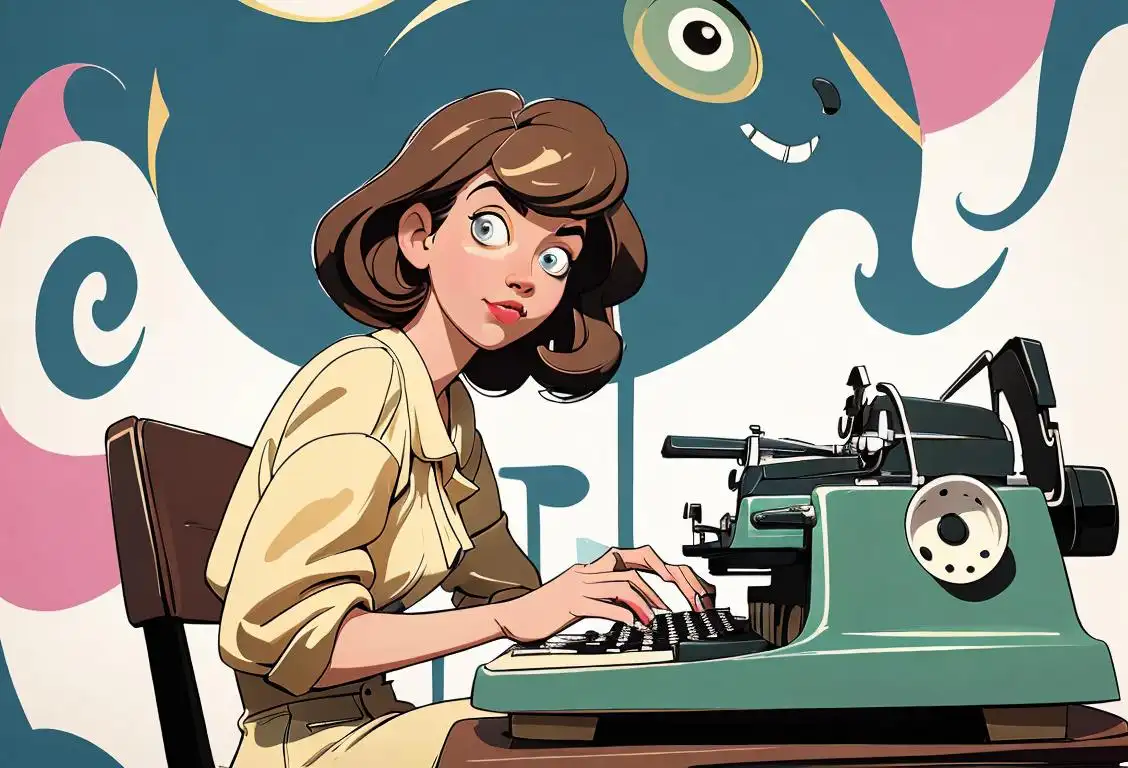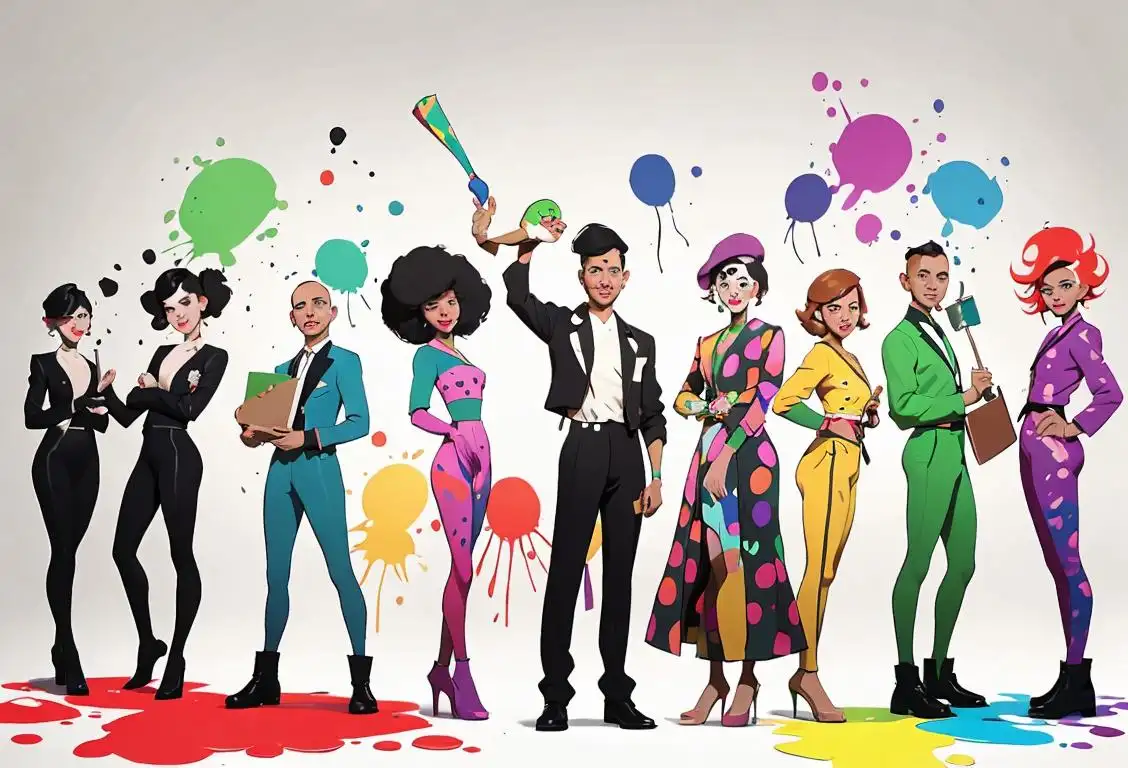National Typo Day

Welcome to the wild and wacky world of National Typo Day! Get ready to celebrate all the glorious mistakes and unintentional humor brought about by the humble typographical error. Whether you're a grammar enthusiast, a lover of quirky mishaps, or just someone who finds amusement in the everyday blunders of life, National Typo Day is the perfect occasion to embrace all things typo-related.
When is Typo Day?
It's national typo day on the 24th September.
The Origins of National Typo Day
National Typo Day may not have an official internet history, but it has certainly made its mark online. With a whopping 196 mentions detected, it's clear that people just can't resist sharing their favorite typo fails. From hilarious signs and unintentionally inappropriate errors to autocorrect mishaps and amusing social media blunders, typos have become a source of entertainment that brings people together.
Embracing the Typos
On this special day, we encourage you to join in on the fun and celebrate the art of the typo. Share your favorite typos on social media using the hashtag #NationalTypoDay and spread some laughter among your friends and loved ones. Remember, it's all in good humor, and there's no need to feel embarrassed. Typos happen to the best of us, even if we're grammar nerds!
Did You Know?
Did you know that the word 'typo' is actually a typo itself? The term was originally meant to be 'typos,' but a mistake during its introduction led to the birth of the word we know and love today. It just goes to show that even mistakes can have a significant impact on language and culture.
History behind the term 'Typo'
1864
Origin of the term 'typographical error'
In 1864, the term 'typographical error' was first used to describe mistakes made during the process of typesetting. Typesetting involved arranging metal letter blocks to create words and sentences for printing. These errors occurred due to human error or mechanical issues with the printing press.
1878
Invention of the typewriter
In 1878, the first commercially successful typewriter was invented by Christopher Latham Sholes. This revolutionary device allowed people to type up documents with greater speed and accuracy than handwriting.
1878
Abbreviation to 'typo'
By 1878, the term 'typographical error' had been shortened to 'typo' when it was used in The Syracuse Standard, a daily newspaper in New York. The abbreviation caught on quickly, becoming a popular and more concise way to refer to such errors.
1894
Introduction of the QWERTY keyboard layout
In 1894, the QWERTY keyboard layout, named after the first six letters in the top row, was introduced in the Remington Model 1 typewriter. This layout became the standard design for typewriters and keyboards, and it is still in use today.
1908
The ‘typo’ abbreviation gains popularity
In 1908, the abbreviation ‘typo’ started to gain popularity. It is derived from the word ‘typography,’ which refers to the art and technique of arranging type. ‘Typo’ became a simplified and commonly used term to refer to typographical errors in printed material.
Late 19th and early 20th century
Widespread usage among printing professionals
Throughout the late 19th and early 20th centuries, 'typo' became widely used among printing professionals to describe any mistakes in typesetting or printing. It became a common part of the professional jargon, allowing for easier communication and identification of errors in the printing industry.
Late 20th century
Popularity in everyday language
As technology advanced, printing errors became less common, but the term 'typo' found a new life in everyday language. It started being used colloquially to refer to any kind of typographical mistake, not just those made during the printing process. 'Typo' became a convenient and widely understood term to describe errors in typing or writing.
1920
Widespread usage of the term ‘typo’
By the 1920s, the term ‘typo’ had become widely used to describe any typographical error, whether in print or on a typewriter. It became a shorthand way of referring to mistakes made during the typesetting or typing process.
Present day
Integration into digital communication
In the digital age, 'typos' have become an inherent part of online communication. The term 'typo' is now used to describe errors made in digital text, including emails, social media posts, and instant messaging. Despite advances in autocorrect features, 'typos' continue to be a common phenomenon, making the term 'typo' even more relevant in modern communication.
1960s
Popularity of the term spreads in the printing industry
During the 1960s, with the increasing use of automated typesetting systems and the growing printing industry, the term ‘typo’ gained even more popularity. It became a recognized and commonly used term among printers, typesetters, and designers.
1998
Inclusion of the term ‘typo’ in dictionary
In 1998, the term ‘typo’ was officially recognized and included in dictionaries as an abbreviation for ‘typographical error.’ This further solidified its status as a widely accepted term in the English language.
Present
Continued usage in the digital age
In the present digital age, the term ‘typo’ continues to be used to refer to errors made in any form of digital communication, including emails, online articles, and social media posts. It remains a familiar term to describe unintentional mistakes made in typed or printed material.
Did you know?
Did you know that the word 'typo' is actually a typo itself? The term was originally meant to be 'typos,' but a mistake during its introduction led to the birth of the word we know and love today. It just goes to show that even mistakes can have a significant impact on language and culture.Tagged
fun humor languageFirst identified
6th April 2015Most mentioned on
24th September 2015Total mentions
196Other days
Tautology Tautology Day
Oxymoron Day
Typo Day
Puta Day
Ugly Christmas Sweater Day
Surprise Drug Test Day
Name Yourself Day
Underage Drinker Day
American Sign Language Day
Unemployed Day







